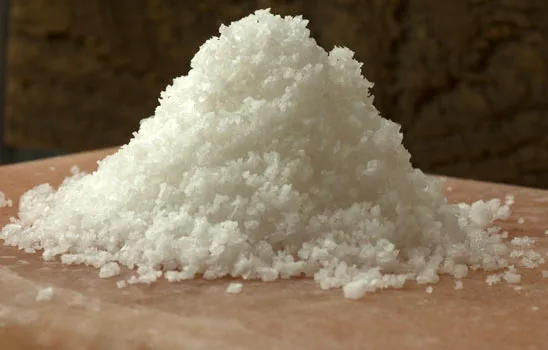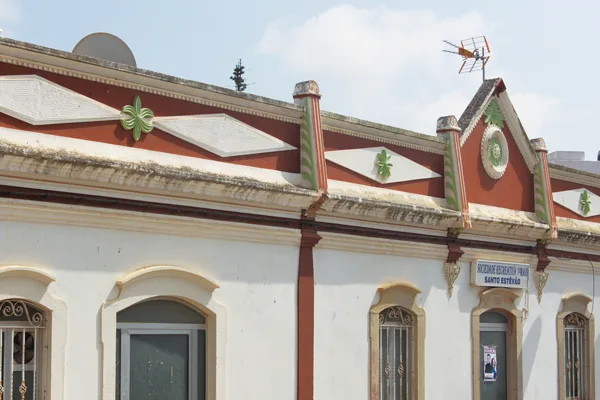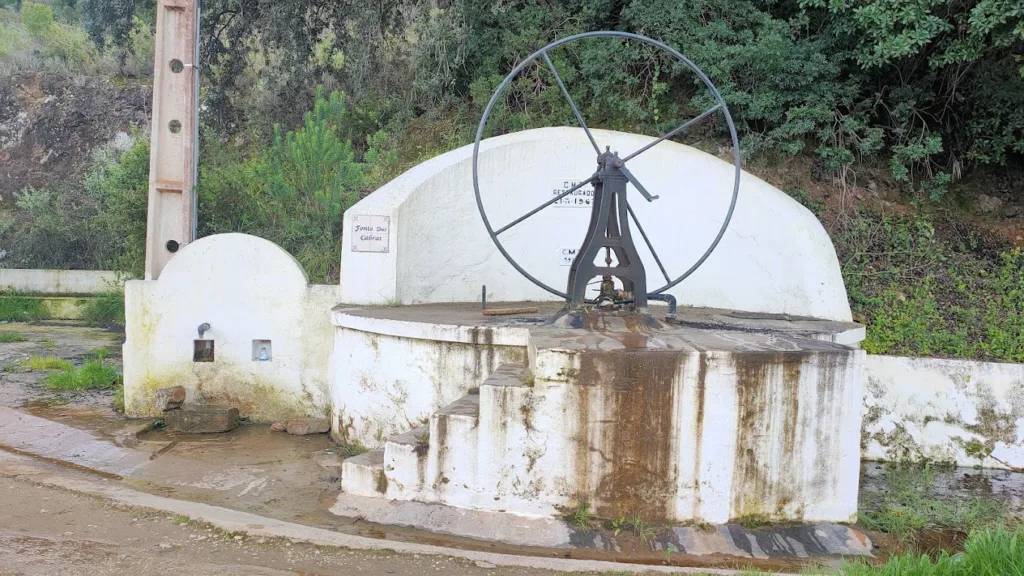If you’ve wandered the salt pans of Tavira—or even just browsed the shelves of local markets—you’ve likely come across those elegant little pouches or jars labeled “Flor de Sal de Tavira.” But what exactly is it? And why do chefs (and grandmothers) treat it like kitchen gold?
Let’s dive into this natural treasure of the Algarve, and discover five simple, local recipes where its magic truly shines.
🧂 What Is Flor de Sal?
Flor de Sal (literally “flower of salt”) is the delicate crust of salt crystals that forms on the surface of salt pans on hot, dry, windless days. Harvested by hand using traditional wooden rakes , it’s a labour-intensive process requiring just the right weather, timing, and skill.
Tavira’s flor de sal is especially prized because:
- It’s 100% natural , unwashed and unrefined.
- Harvested in the Ria Formosa Natural Park , a biodiverse, protected wetland.
- Recognised under Protected Designation of Origin (PDO) status—meaning it’s as region-specific as Port wine or Parmigiano.
Compared to common table salt or even coarser sea salt:
- Flor de Sal is flaky, crunchy and melts slowly , giving dishes a finishing sparkle.
- It contains more trace minerals like magnesium and calcium.
- It’s never cooked , preserving its subtle marine flavour.
🍅 5 Easy Algarve-Inspired Recipes Using Flor de Sal
1. Algarvian Tomato Salad with Oregano & Onion
Fresh summer tomatoes, red onion slivers, local olive oil, and a generous sprinkle of Flor de Sal . That final crunch? It lifts the entire salad.
🌿 Optional: Add fresh or dried oregano from the Tavira hillsides.
2. Grilled Sardines with Lemon & Salt Crust
After grilling sardines over charcoal (as the locals do), finish with a squeeze of lemon and a scattering of Flor de Sal . It adheres beautifully to the hot skin and enhances the fish’s natural oils.
3. Piri-Piri Chicken Rub
For a quick Algarve-style rub: mix crushed garlic, smoked paprika, olive oil, piri-piri chili, and Flor de Sal . Massage into the chicken and grill. The salt flakes add both texture and flavour during cooking.
4. Olive Oil & Salt Dipping Bowl
Simple but sublime: serve high-quality Portuguese olive oil with a pinch bowl of Flor de Sal for dipping your pão caseiro (rustic bread). A local go-to at tasquinhas and home kitchens alike.
5. Carob Brownies or Chocolate Tart with Salt Finish
Local alfarroba (carob) flour gives deep cocoa notes. Add a pinch of Flor de Sal on top of brownies or tart before baking—or immediately after. The salt balances sweetness and adds a gourmet edge.
📍 Where to Buy It
Look for authentic Flor de Sal de Tavira (PDO) from trusted producers like in Mercado Municipal de Tavira
Pro tip: Flor de Sal makes a perfect edible souvenir—small, authentic, and easy to pack!
👩🍳 Taste Tavira Tip
We always keep a small jar of Flor de Sal next to the stove—not for boiling pasta, but for that final flourish. It’s about layering flavour, respecting ingredients, and celebrating the land they come from.
Flor de Sal isn’t just salt. It’s sunlight, sea breeze, and centuries of tradition captured in one bite.








